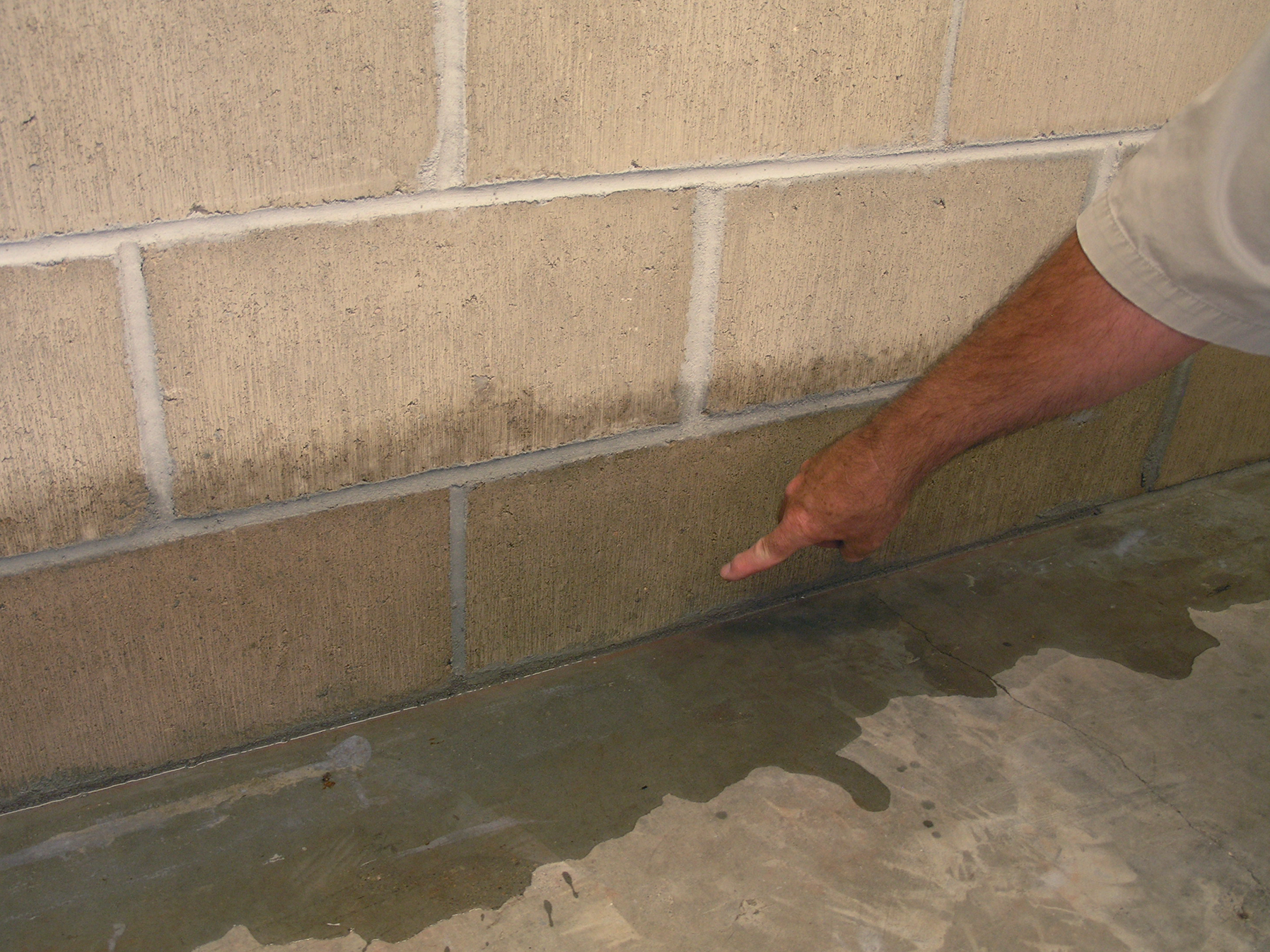Comprehending the Mechanisms Behind Water Resistance
Waterproofing is a critical aspect of upkeeping any house or property, yet it often goes unnoticed until issues arise. As water invades buildings, it can lead to high repairs, jeopardized safety, and even health risks due to mold and mildew growth. Understanding the significance of waterproofing is vital for every real estate owner, as it not only safeguards against prompt damage but also improves the overall longevity and worth of a property.
This resource examines the fundamentals behind water-proofing, shedding light on why it is important, the different methods available, and how successful waterproofing can protect you considerable amounts in possible repairs. Moreover, we will dispel popular myths surrounding waterproofing techniques and provide you with the knowledge to spot signs that your place may require attention. Whether you are seeking to waterproof your lower level, top, or wet room, grasping the basics of waterproofing will empower you to make wise decisions for your property.
The Importance of Moisture Protection in Residential Properties and Structures
Waterproofing is a essential aspect of maintaining the structural integrity and durability of homes and structures. It acts as a barrier against moisture infiltration, which can lead to a variety of problems, including damage to the structure, the growth of mold, and health problems. Without adequate waterproofing, real estate are vulnerable to water-related damage that can undermine not only the physical integrity but also the quality of air quality indoors. This makes waterproofing crucial for ensuring a safe and healthy home environment.
In furthermore to protecting against damage from water, waterproofing can yield significant savings in costs over the long term. Repairing water damage usually requires extensive work, from repairing the structure to removing mold, which can be expensive. By actively waterproofing a property, property owners and building managers can prevent these issues from arising, which saves thousands of dollars in potential repairs. This preventive measure is an expenditure that yields returns in the future, reinforcing the importance of tackling waterproofing needs early.
Furthermore, proper waterproofing contributes to energy efficiency within a building. By keeping moisture out, buildings can maintain consistent temperatures, reducing the need for excessive heating or cooling. This not only reduces utility bills but also enhances overall comfort. As energy efficiency becomes increasingly important, the role of waterproofing in eco-friendly building practices is clear, making it a key consideration for both new and older structures.
Critical Moisture-Proofing Methods and Strategies
One of the most powerful methods for moisture-proofing is the use of protection systems, which create a defense against moisture intrusion. These systems can include specific membranes applied to both interior and exterior surfaces, such as partitions and bases. By sealing off https://posteezy.com/do-it-yourself-waterproofing-methods-advice-weekend-warrior , these protections prevent moisture from penetrating the building, reducing the likelihood of water damage substantially. Choosing the suitable type of membrane for your individual needs is crucial, as different materials offer different levels of strength and tolerance.
Another essential strategy is effective drainage management. Installing a well-designed drainage system around your property can redirect moisture away from exposed areas, such as basements and bases. This can include drainage systems, water pumps, and drain pipes that are directed away from the building. Adequate drainage not only minimizes water accumulation but also enhances the lifespan of moisture-proofing systems and protects your property from the devastating effects of water damage and moisture.
In addition to barriers and drainage, the use of moisture-proof coatings is essential for enhancing the safeguarding of surfaces prone to water exposure. These coatings can be used on ceilings, partitions, and patios to create a moisture-proof layer that defies moisture and prevents mold development. Selecting the right coating is critical to ensure it withstands environmental conditions, thus prolonging the durability of your waterproofing solutions. Routine upkeep and checks are also important to ensure that these protective measures remain functional over the years.
Financial Repercussions of Neglecting Waterproofing
Neglecting waterproofing can lead to significant financial consequences for homeowners and building managers. Water damage can weaken structural integrity, necessitating costly repairs or even renovations. A single leak can transform into major damage, affecting walls, floors, and foundations. This not only raises repair costs but can also lead to a decrease in property value, making any future transfer more challenging.
In addition to structural repairs, the costs associated with mold and mildew removal can add up swiftly. Mold grows in damp conditions, leading to likely health risks and requiring professional remediation services. The longer the moisture issue persists, the more severe the damage becomes, ultimately costing far more than initial waterproofing measures would have.
Furthermore, ignoring waterproofing can cause increased energy bills. Damp building materials can lead to increased energy loss, forcing HVAC systems to exert more to maintain comfortable temperatures. By putting https://telegra.ph/A-Homeowner-Checklist-for-Moisture-Proofing-Success-04-10 into waterproofing solutions initially, property owners not only save money on repairs but also enjoy sustained savings on energy costs, improving overall building efficiency.
